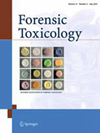Forensic ToxicologySCIE
国际简称:FORENSIC TOXICOL 参考译名:法医毒理学
- 基本信息:
- ISSN:1860-8965
- E-ISSN:1860-8973
- 是否OA:未开放
- 是否预警:否
- TOP期刊:否
- 出版信息:
- 出版地区:JAPAN
- 出版商:Springer Singapore
- 出版语言:English
- 出版周期:Semiannual
- 出版年份:2006
- 研究方向:TOXICOLOGY
- 评价信息:
- 影响因子:2.8
- H-index:30
- CiteScore指数:5.8
- SJR指数:0.77
- SNIP指数:0.862
- 发文数据:
- Gold OA文章占比:42.11%
- 研究类文章占比:95.00%
- 年发文量:20
- 自引率:0.0909...
- 开源占比:0.3846
- 出版撤稿占比:0
- 出版国人文章占比:0.02
- OA被引用占比:0.5046...
英文简介Forensic Toxicology期刊介绍
The journal Forensic Toxicology provides an international forum for publication of studies on toxic substances, drugs of abuse, doping agents, chemical warfare agents, and their metabolisms and analyses, which are related to laws and ethics. It includes original articles, reviews, mini-reviews, short communications, and case reports. Although a major focus of the journal is on the development or improvement of analytical methods for the above-mentioned chemicals in human matrices, appropriate studies with animal experiments are also published.
Forensic Toxicology is the official publication of the Japanese Association of Forensic Toxicology (JAFT) and is the continuation of the Japanese Journal of Forensic Toxicology (ISSN 0915-9606).
期刊简介Forensic Toxicology期刊介绍
《Forensic Toxicology》自2006出版以来,是一本医学优秀杂志。致力于发表原创科学研究结果,并为医学各个领域的原创研究提供一个展示平台,以促进医学领域的的进步。该刊鼓励先进的、清晰的阐述,从广泛的视角提供当前感兴趣的研究主题的新见解,或审查多年来某个重要领域的所有重要发展。该期刊特色在于及时报道医学领域的最新进展和新发现新突破等。该刊近一年未被列入预警期刊名单,目前已被权威数据库SCIE收录,得到了广泛的认可。
该期刊投稿重要关注点:
Cite Score数据(2024年最新版)Forensic Toxicology Cite Score数据
- CiteScore:5.8
- SJR:0.77
- SNIP:0.862
| 学科类别 | 分区 | 排名 | 百分位 |
| 大类:Medicine 小类:Pathology and Forensic Medicine | Q1 | 45 / 208 |
78% |
| 大类:Medicine 小类:Biochemistry (medical) | Q2 | 26 / 72 |
64% |
| 大类:Medicine 小类:Toxicology | Q2 | 50 / 133 |
62% |
CiteScore 是由Elsevier(爱思唯尔)推出的另一种评价期刊影响力的文献计量指标。反映出一家期刊近期发表论文的年篇均引用次数。CiteScore以Scopus数据库中收集的引文为基础,针对的是前四年发表的论文的引文。CiteScore的意义在于,它可以为学术界提供一种新的、更全面、更客观地评价期刊影响力的方法,而不仅仅是通过影响因子(IF)这一单一指标来评价。
中科院SCI分区Forensic Toxicology 中科院分区
| 大类学科 | 分区 | 小类学科 | 分区 |
| 医学 | 4区 | TOXICOLOGY 毒理学 | 4区 |
中科院分区表 是以客观数据为基础,运用科学计量学方法对国际、国内学术期刊依据影响力进行等级划分的期刊评价标准。它为我国科研、教育机构的管理人员、科研工作者提供了一份评价国际学术期刊影响力的参考数据,得到了全国各地高校、科研机构的广泛认可。
中科院分区表 将所有期刊按照一定指标划分为1区、2区、3区、4区四个层次,类似于“优、良、及格”等。最开始,这个分区只是为了方便图书管理及图书情报领域的研究和期刊评估。之后中科院分区逐步发展成为了一种评价学术期刊质量的重要工具。
JCR分区Forensic Toxicology JCR分区
| 按JIF指标学科分区 | 收录子集 | 分区 | 排名 | 百分位 |
| 学科:TOXICOLOGY | SCIE | Q2 | 52 / 106 |
51.4% |
| 按JCI指标学科分区 | 收录子集 | 分区 | 排名 | 百分位 |
| 学科:TOXICOLOGY | SCIE | Q3 | 74 / 106 |
30.66% |
JCR分区的优势在于它可以帮助读者对学术文献质量进行评估。不同学科的文章引用量可能存在较大的差异,此时单独依靠影响因子(IF)评价期刊的质量可能是存在一定问题的。因此,JCR将期刊按照学科门类和影响因子分为不同的分区,这样读者可以根据自己的研究领域和需求选择合适的期刊。
发文数据
- 国家/地区数量
- Japan58
- Poland28
- USA24
- Brazil16
- GERMANY (FED REP GER)13
- Italy9
- Australia8
- France7
- England6
- Greece6
本刊中国学者近年发表论文
-
1、The next addiction-causing drug class 4-quinazolinone derivatives: analyses of methaqualone analogs including recently discovered 2-methoxyqualone by different modes of mass spectrometry
Author: Yang, Hongkun; Wang, Yue; Liu, Jinlei; Qiu, Shi; Gu, Jie; Bai, Huiru; Li, Jun; Wurita, Amin; Hasegawa, Koutaro
Journal: FORENSIC TOXICOLOGY. 2023; Vol. 41, Issue 1, pp. 59-70. DOI: 10.1007/s11419-022-00631-z
-
2、Rapid quantification of phenobarbital and barbital in human whole blood by liquid-liquid extraction combined with DART-orbitrap-HRMS
Author: Ke, Shi; Lian, Ru; Wang, Rong; Rao, Yulan; Liang, Chen; Liang, Jianying; Zhang, Yurong
Journal: FORENSIC TOXICOLOGY. 2023; Vol. 41, Issue 1, pp. 126-134. DOI: 10.1007/s11419-022-00650-w
-
3、Liquid chromatography with tandem mass spectrometric method for determination of 425 drugs and poisons in dried blood spots and application to forensic cases
Author: Guo, Caixia; Yan, Hui; Liu, Wei; Xiang, Ping; Di, Bin; Shen, Min
Journal: FORENSIC TOXICOLOGY. 2023; Vol. , Issue , pp. -. DOI: 10.1007/s11419-023-00659-9
-
4、Reporting the novel synthetic cathinone 5-PPDI through its analytical characterization by mass spectrometry and nuclear magnetic resonance
Author: David Fabregat-Safont, Xoán Carbón, Cristina Gil, Mireia Ventura, Juan V. Sancho, Félix Hernández, Maria Ibáñez
Journal: Forensic Toxicology, 2018, Vol.36, 447-457, DOI:10.1007/s11419-018-0422-0
-
5、Metabolism of the new synthetic cannabinoid EG-018 in human hepatocytes by high-resolution mass spectrometry
Author: Xingxing Diao, Jeremy Carlier, Mingshe Zhu, Marilyn A. Huestis
Journal: Forensic Toxicology, 2018, Vol.36, 304-312, DOI:10.1007/s11419-018-0404-2
-
6、Simple and rapid analysis of four amphetamines in human whole blood and urine using liquid–liquid extraction without evaporation/derivatization and gas chromatography–mass spectrometry
Author: Lin Guo, Zebin Lin, Zhibin Huang, Hao Liang, Yan Jiang, Yonghong Ye, Zongping Wu, Runsheng Zhang, Yurong Zhang, Yulan Rao
Journal: Forensic Toxicology, 2014, Vol.33, 104-111, DOI:10.1007/s11419-014-0257-2
-
7、Four types of cannabimimetic indazole and indole derivatives, ADB-BINACA, AB-FUBICA, ADB-FUBICA, and AB-BICA, identified as new psychoactive substances
Author: Zhenhua Qian, Zhendong Hua, Cuimei Liu, Wei Jia
Journal: Forensic Toxicology, 2015, Vol.34, 133-143, DOI:10.1007/s11419-015-0297-2
-
8、Old opioids, new concerns: the case of acetylfentanyl
Author: pan_nik
Journal: FORENSIC TOXICOLOGY, 2016.
投稿常见问题
-
请问这本期刊属于什么级别呢?可用于职称评定吗?
一般刊物只分省级、部级、核心,期刊本身是没有几类划分的,具体是几类或者几级,您可以对照单位的分类文件确认一下。Forensic Toxicology杂志是由Springer Singapore出版的一本SCIE,可用于职称评定。
-
你们能够提供哪些核心期刊的咨询服务?
大多数核心期刊我们都是可以提供咨询服务的。目前核心期刊主要分为以下几类:1.国内核心:按照权威度排序,社科类:南大核心>南大扩展>北大核心>科技核心 按照权威度排序。工科类:CSCD C库>CSCD E库(相当于CSCD扩展)>北大核心>科技核心。2.国外核心(全英文):按照权威度排序为:SSCI=SCI>EI>ISTP=CPCI。
-
想快速发表,可以加急吗?
为了确保您的职称评定顺利进行,我们建议提前半年到一年开始准备,这样能够保证有充足的时间来处理所有相关事宜。如果客户需要加急服务,我们会与杂志社进行沟通,以确定是否可以提供加急服务。请注意,如果确认可以加急,可能会收取一定的加急费用。
-
你们提供的服务可以确保稿件被发表吗?
期刊编辑会综合考虑多个因素,如发表范围、学术价值和原创性等,对稿件进行综合评估。尽管任何机构均无法保证每篇稿件都会被发表,但我们可以用专业知识和丰富经验,协助您理解并遵循期刊的发表要求,从而提高您的稿件被发表的机率。
-
请问期刊发表的费用如何?
期刊发表的费用因期刊不同而异。根据您的需求,我们会为您推荐性价比最高的期刊,并提供专业的期刊供您选择。一般来说,只要符合职称要求,大多数作者都会选择性价比最高的期刊作为意向期刊进行重点咨询。我们会为您提供详细的期刊信息和费用说明,以确保您能够做出明智的选择。
-
如果稿件被拒,未能成功发表,费用是否可以退还?
一般来说,我们推荐的期刊和您的专业方向、文章情况都是匹配的,极少出现稿件被拒的情况。如果稿件被拒,期刊编辑会提供详细的拒稿信和建议,以帮助您了解拒稿原因并改进您的稿件。关于退款政策,具体情况可能因期刊不同而异,请您咨询我们的工作人员以获取详细信息。
相关期刊推荐
-
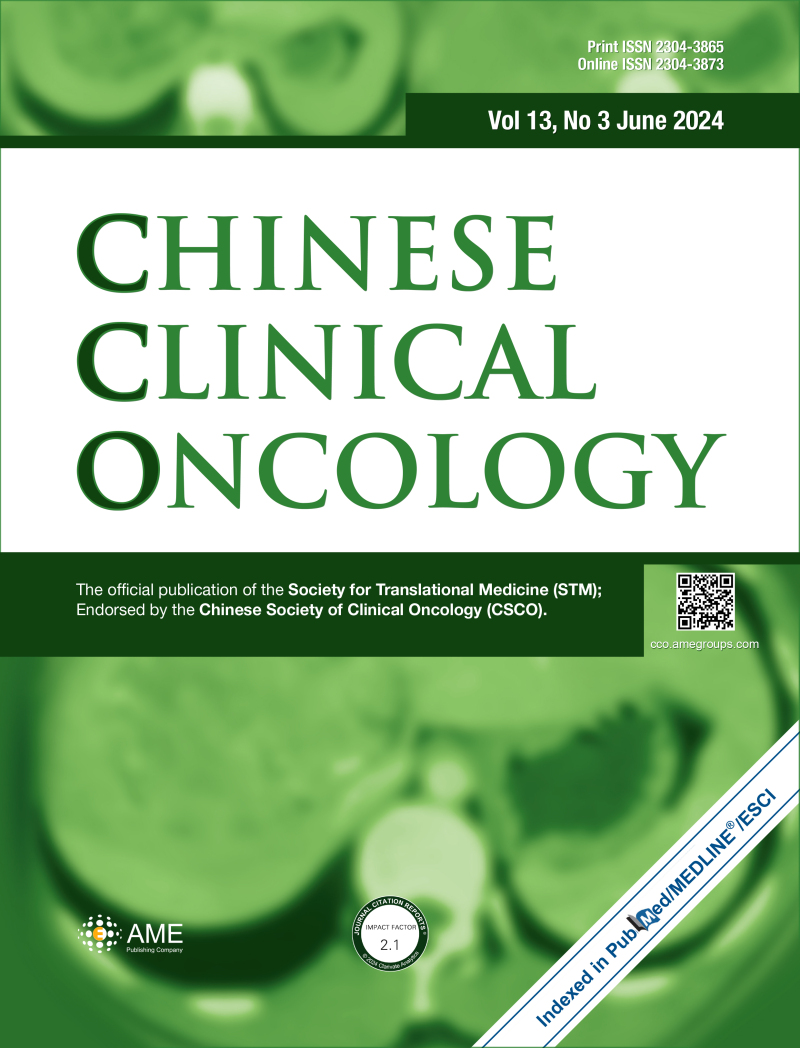
Chinese Clinical Oncology
中科院 4区 JCR Q3
大类:医学
-
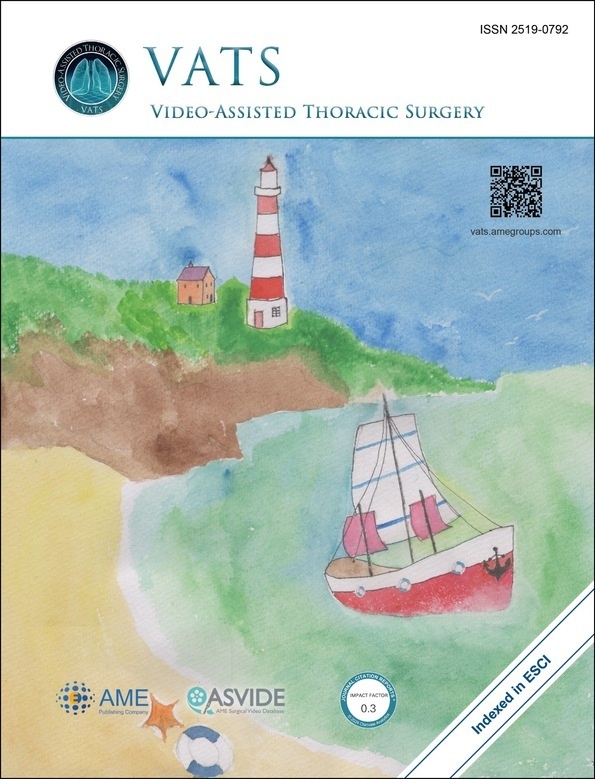
Video-assisted Thoracic Surgery
中科院 4区 JCR Q4
大类:医学
-
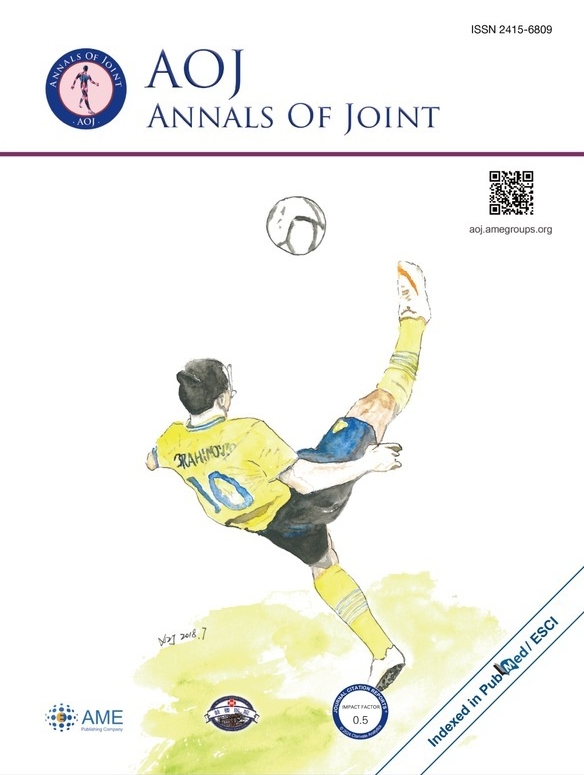
Annals Of Joint
中科院 4区 JCR Q4
大类:医学
-

Annals Of Laparoscopic And Endoscopic Surgery
中科院 4区 JCR Q4
大类:医学
-
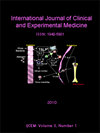
International Journal Of Clinical And Experimental Medicine
中科院 4区 JCR Q4
大类:医学
-
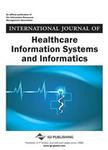
International Journal Of Healthcare Information Systems And Informatics
中科院 4区 JCR Q4
大类:医学
热门期刊推荐
-
World Journal Of Surgical Oncology
中科院 3区 JCR Q1
-
European Journal Of Cancer Prevention
中科院 4区 JCR Q3
-
Discover Oncology
中科院 4区 JCR Q2
-
Bmc Complementary Medicine And Therapies
中科院 2区 JCR Q1
-
Naunyn-schmiedebergs Archives Of Pharmacology
中科院 4区 JCR Q2
-
Journal Of The American Academy Of Audiology
中科院 4区 JCR Q3
-
Perspectives In Public Health
中科院 4区 JCR Q1
-
Acta Neuropathologica
中科院 1区 JCR Q1
